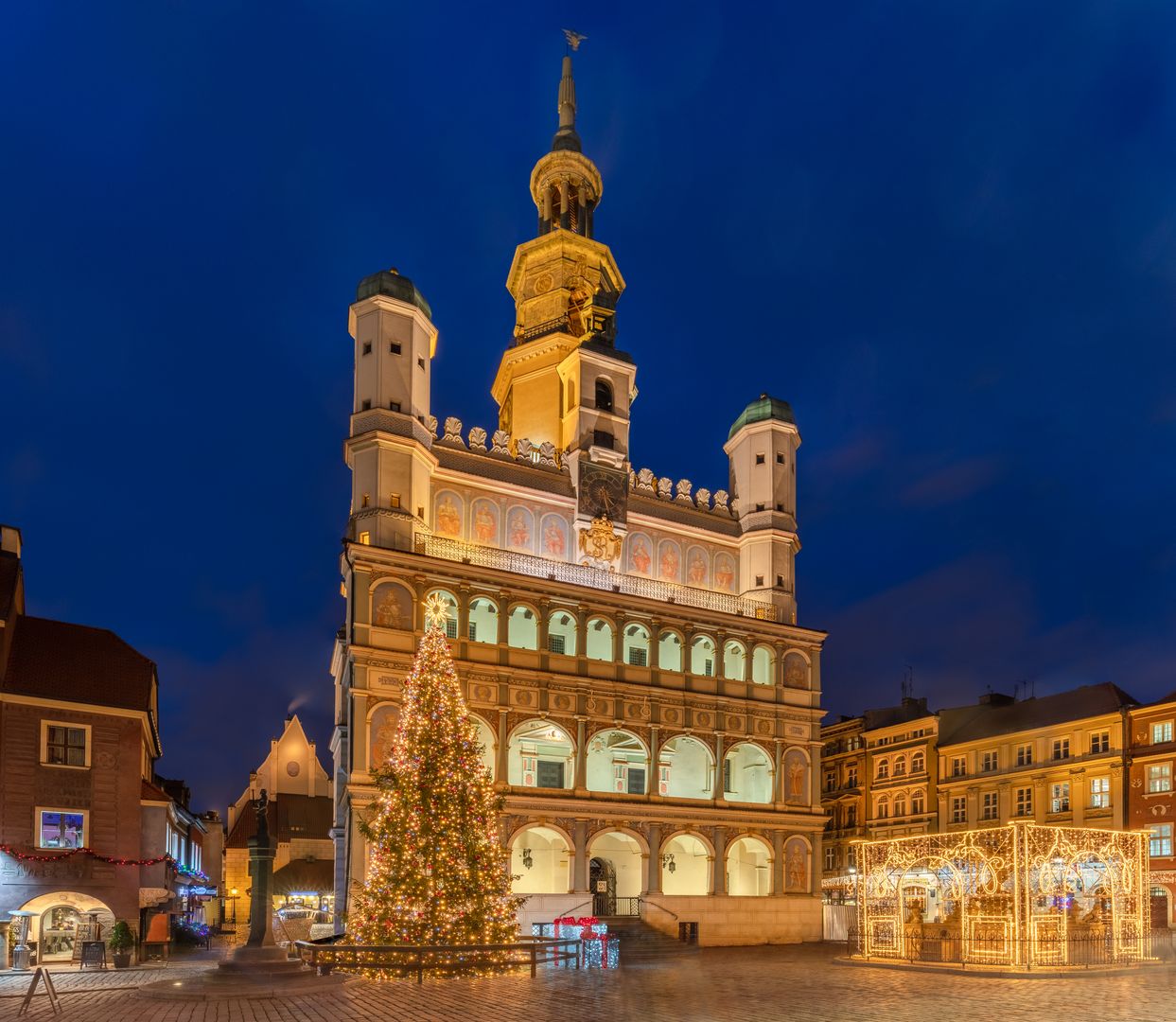Poznań City Hall
8.29

Overview
The Poznań Town Hall, located in the Old Market Square, is a Renaissance building that has served as the town hall since the 13th century. The first records of it date back to 1313. The structure was originally built in the Gothic style, but over the centuries it underwent numerous reconstructions, which led to its current Renaissance appearance. The most significant changes took place in the 16th century under the direction of the architect Giovanni Battista di Quadro, who added a new floor, a loggia, and decorative details, including a clock with a mechanism depicting butting goats. The town hall was repeatedly destroyed by fires and wars, particularly during World War II, when its structure and interiors suffered significant damage. After the war, the building underwent a thorough renovation, restoring its Renaissance character. Today, the town hall houses the Museum of the History of the City of Poznań, which showcases rich collections related to the history of the region. A unique feature of the town hall is the allegorical figures of virtues placed in the loggia, as well as richly decorated architectural elements, including friezes and medallions depicting famous historical figures. The town hall is also a cultural venue where concerts and ceremonies, including wedding celebrations, take place. An interesting fact is that it was the first town hall in Poland to be featured on a postage stamp, and the legends associated with the building, such as the tale of the butting goats, add to its unique character. The Poznań Hejnał, played daily from the tower, is an important element of local tradition and culture. Today, although the town hall is not formally owned by the city, it is managed by the National Museum in Poznań and remains a symbol of the city and a major tourist attraction.
Location
Tickets
Powered by GetYourGuide
2025 Wizytor | All Rights Reserved

